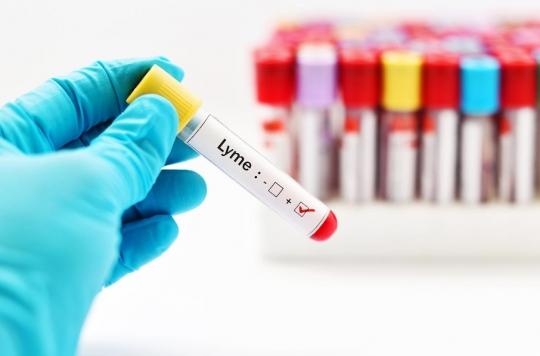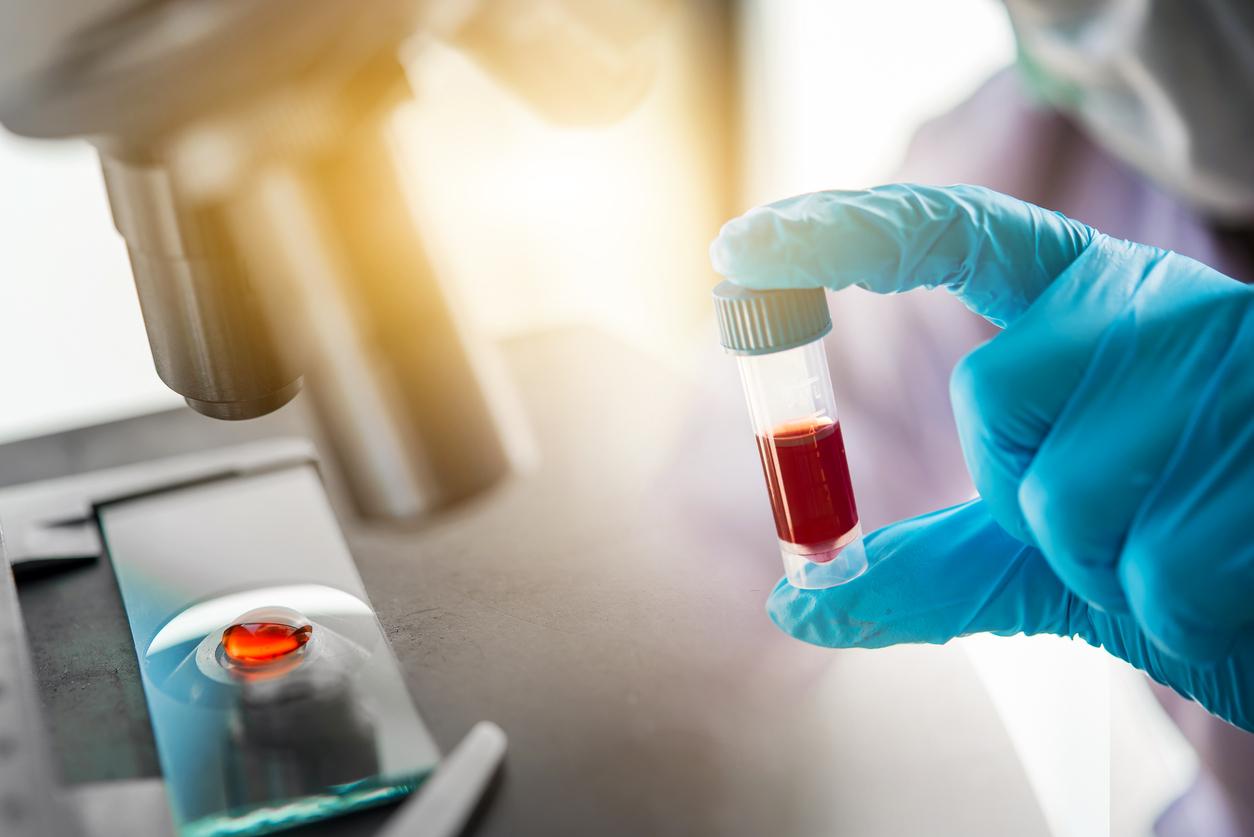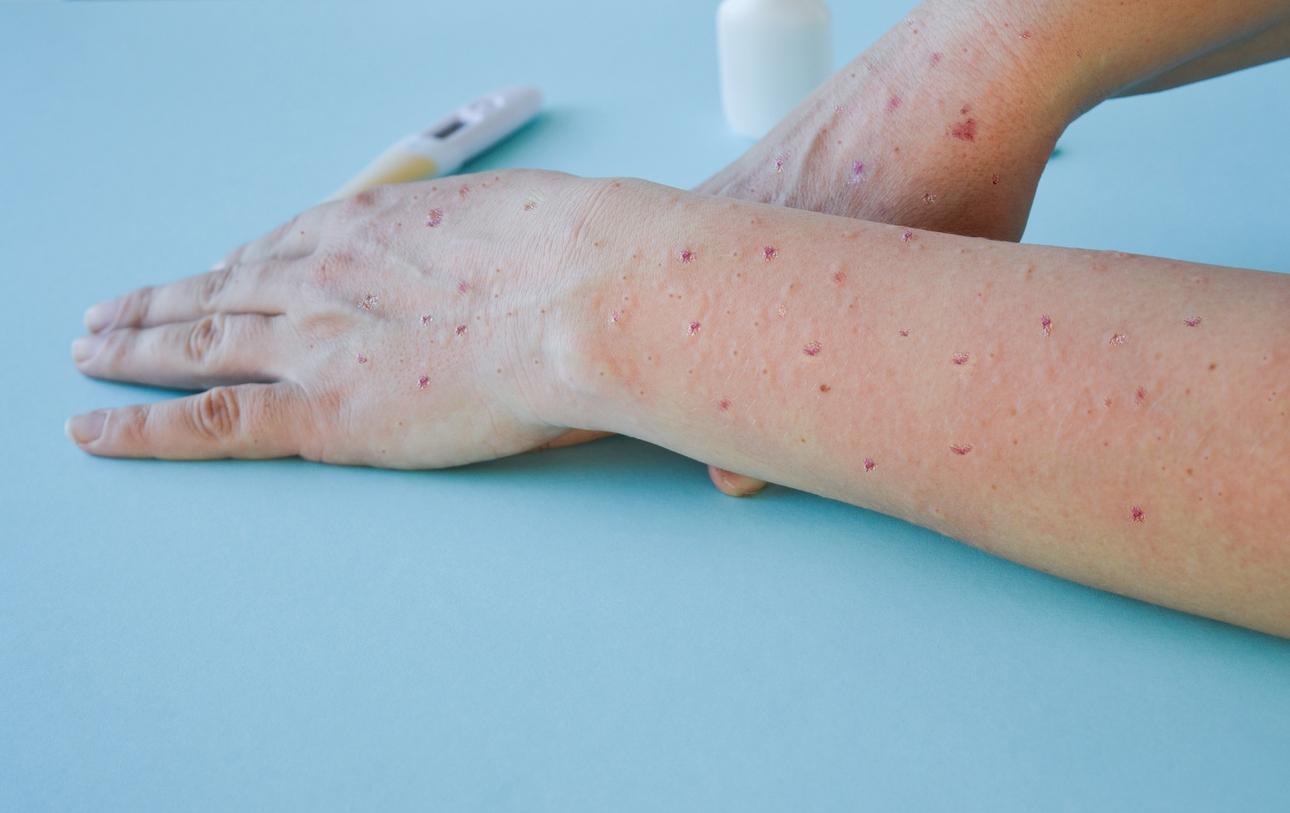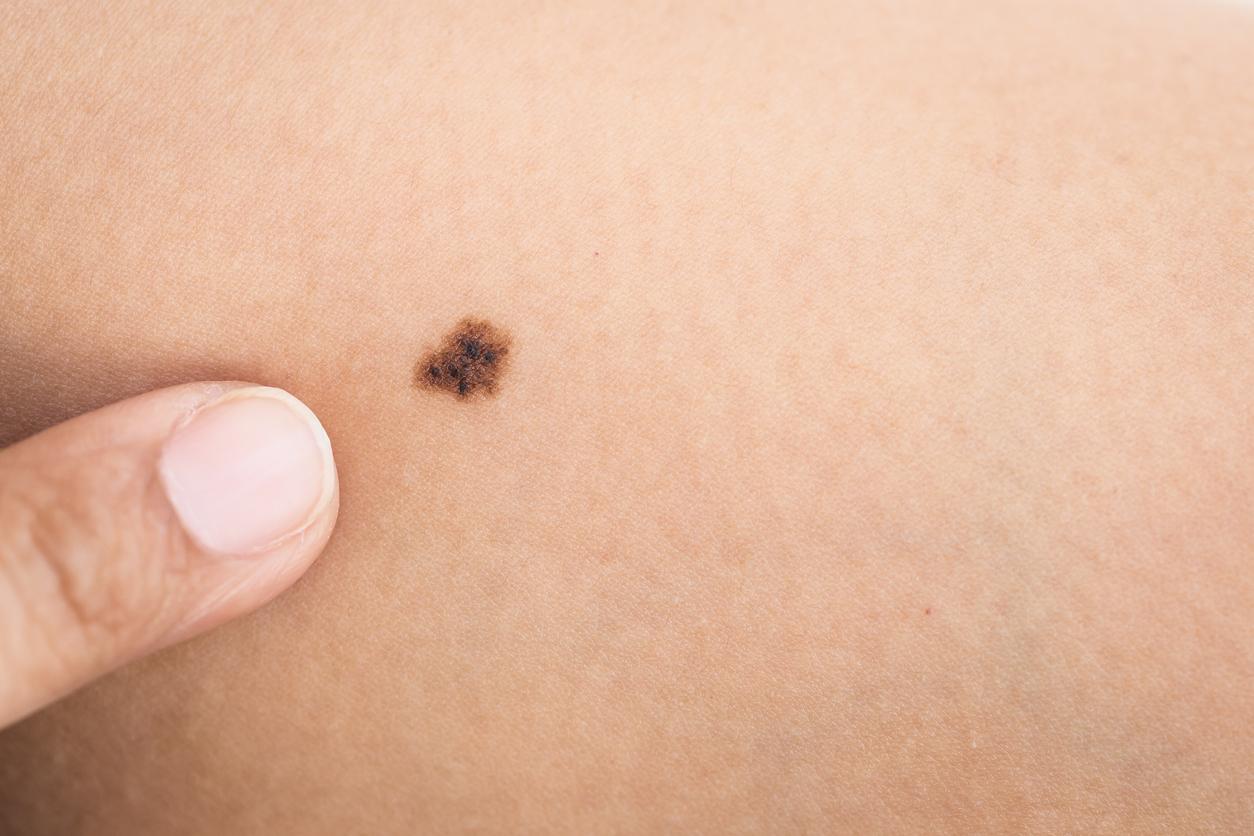This highly sensitive new test is able to detect a single bacterial cell in a blood sample, which could help diagnose Lyme disease early.

- This new PCR test specifically targets prophages, that is to say the genetic sequences inserted into the bacterium by a virus.
- Very sensitive, it is able to detect a single bacterial cell in 0.3 ml of blood.
- It can be used to diagnose Lyme disease early, but also to quickly exclude a person suspected of having this infection.
Infectious vector-borne disease transmitted by the bite of a tick, which delivers the bacteria to its host Borrelia burgdorferi, Lyme disease has long remained poorly understood and therefore underdiagnosed. Work carried out in recent years has shown that the infection can appear within 30 days after the bite, first in the form of a red, round plaque which extends in a circle (erythema migrans) from the area of the sting. The lesion of the skin can be accompanied by muscle and joint pain, or fever. With early treatment, it disappears in a few weeks to a few months. But, if left untreated, it can lead to neurological and cardiac disorders, as well as facial paralysis.
Although essential to quickly manage the disease, early diagnosis of Lyme is still complicated. At issue: current tests that generally cannot detect low numbers of bacteria in blood samples from early-stage patients.
A new, much more sensitive test, however, has just been developed by researchers at the University of Leicester, England. In the review Bordersthey detail how it targets the genetic sequences of the bacterium that causes Lyme disease to identify the disease as early as possible.
A PCR test that targets prophages
Developed by Dr Jinyu Shan, this new test is based on the polymerase chain reaction (PCR), which works by amplifying small amounts of specific genetic material so that it can be detected.
Until now, this technique has not been particularly easy to detect the bacteria responsible for Lyme disease in the blood. Indeed, these bacteria often hide in the tissues and are not necessarily present in large numbers in the blood. Additionally, many gene sequences targeted by PCR have only one copy in each cell, making it difficult to find and amplify enough for detection.
The study authors found another potential PCR target in Lyme-causing bacteria: genetic sequences called prophages, which were inserted into the bacteria by a virus. Most likely to be detected in the blood, these genetic sequences are also present in individual bacterial cells.
The researchers evaluated their new test targeting prophages. To do this, they added small amounts of Lyme-causing bacteria to blood samples. They then found that the test was very sensitive, since it was able to detect a single bacterial cell in 0.3 ml of blood. This suggests the test is sensitive enough to use with human samples, as people infected with Lyme bacteria typically have between 1 and 100 bacterial cells per ml of blood.
A possible test for other bacterial infections
Based on these promising results, the researchers used their PCR test to analyze blood samples from healthy volunteers and patients with early or advanced Lyme disease. The test was able to distinguish healthy samples from those with early or advanced Lyme disease each time. “The test could also be very useful in quickly ruling out someone suspected of having Lyme disease”, underlines Professor Shan, who explains that this technique could also be applied to diagnostic tests for other bacterial infections. One condition: that the researchers succeed in identifying prophage sequences adapted to these bacteria.
The technology will still need to be developed before it can be used in the clinic, but researchers have already started laying the groundwork. “We are currently working with a commercial partner and are investigating regulatory issues and the possibility of a clinical trial for this technology”concludes Professor Shan.

.

















